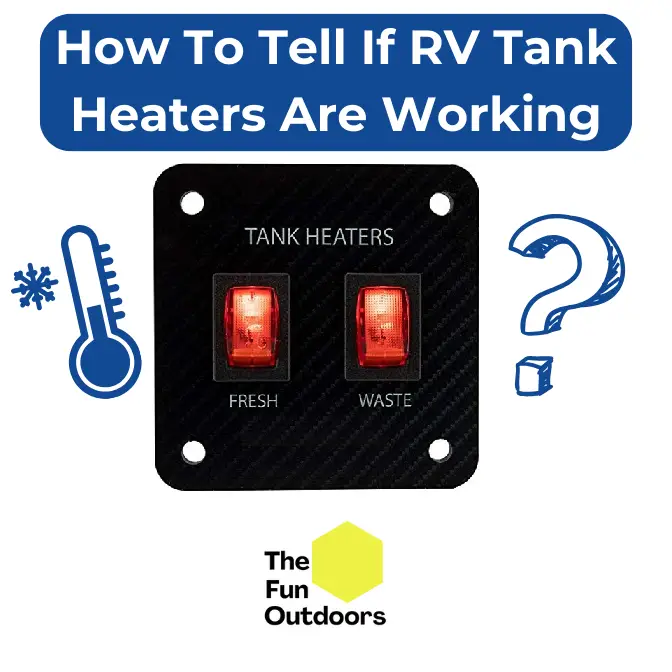RV tank heaters are an essential component of any recreational vehicle, especially during the winter months. They are designed to keep the water in your RV’s tanks from freezing and causing damage to the system. Knowing how to tell if RV tank heaters are working properly is important so you don’t end up with frozen holding tanks.
How to tell if RV tank heaters are working include using the touch test, an infrared non-contact thermometer, or an AMP meter. Each method has its own advantages and disadvantages, but they all provide an accurate way to determine if your tank heaters are working properly.
We’ll go into everything you need to know for testing your RV holding tank heaters in this guide.
Key Takeaways
- RV tank heaters are essential for preventing water from freezing and causing damage to your RV’s system.
- There are two types of RV tank heaters: electric and propane.
- You can tell if your RV tank heaters are working by using a thermometer, infrared non-contact thermometer, or an AMP meter.
What Are RV Tank Heaters?
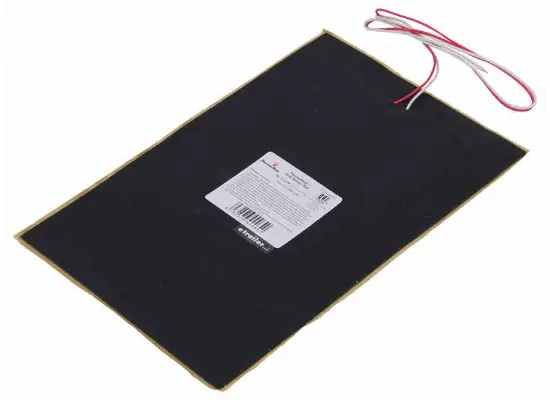
RV tank heaters are devices used to keep the water tanks in recreational vehicles (RVs) warm during cold weather.
These heaters are essential for those who love to travel and camp in chilly climates. There are two types of RV tank heaters: electric and propane.
Electric tank heaters are powered by electricity and are installed with a heating pad that is placed directly on the bottom of the water tank. This heating pad warms the water in the tank, ensuring that it stays at a consistent temperature.
Propane tank heaters, on the other hand, use propane gas to heat the water in the tank. These heaters usually come with a thermostat that allows the user to control the temperature of the water.
RV tank heaters are essential for those who want to use their RVs during the winter months.
Without these heaters, the water in the tanks could freeze, causing damage to the tanks and the RV’s plumbing system.
The heating elements used in these heaters are designed to withstand the harsh conditions of winter camping, ensuring that they will work properly when needed.
How To Tell If RV Tank Heaters Are Working

It is important to ensure that your RV tank heaters are working properly when camping in freezing or below-freezing temperatures.
Here are some methods to determine if your RV tank heaters are functioning correctly.
You Need Freezing or Below-Freezing Temperatures
The first step to testing your RV tank heaters is to wait for freezing or below-freezing temperatures.
This is because the heaters are designed to prevent the water in your RV tanks from freezing.
If the temperature is not low enough, the heaters will not turn on, and you will not be able to test them.
Turn On Tank Heaters Overnight
One way to test your RV tank heaters is to turn them on overnight and check the temperature of the tanks in the morning.
If the tanks are warm to the touch, then the heaters are working
This method is not always reliable, as the tanks may retain heat from the previous day or other sources.
Use A Watt Or Amp Meter To Test Tank Draw
The most accurate way to test your RV tank heaters is to use a watt or amp meter to test the current draw of the heaters.
This will give you a precise reading of how much power the heaters are using and whether they are functioning correctly.
To do this, you will need to locate the switch or thermostat that controls the heaters and use the meter to test the current draw.
Common Problems and Solutions for RV Tank Heaters
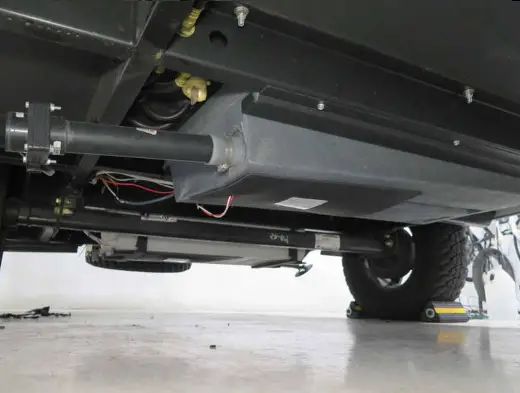
RV tank heaters are essential for keeping your water tanks warm during colder months. However, like any other component in your RV, they can malfunction or become damaged over time.
Here are some common problems you may encounter with your RV tank heaters and their solutions.
Failing To Heat RV Tanks
If your RV tank heaters are not heating your water tanks, there may be a malfunction in the heating system.
This could be due to a blown fuse, tripped circuit breaker, or a faulty thermostat. In this case, it is best to inspect the heating system and replace any damaged components.
Damaged Wiring
Damaged wiring is another common problem that can affect the performance of your RV tank heaters.
Cracks or breaks in the wiring can cause blockages and prevent the heating system from functioning correctly.
To fix this issue, replace the damaged wiring and ensure that the new wiring is properly insulated.
Loose Adhesive
Loose adhesive is a problem that can occur when the heating pads are not installed correctly.
This can cause the heating pads to move around, resulting in uneven heating and potential damage to the tanks.
To solve this issue, it is necessary to inspect the adhesive and replace it if it is loose or damaged.
RV Tank Heater Maintenance Tips
To ensure that your RV tank heaters are working efficiently, it is important to maintain them regularly.
Professional maintenance is recommended, but there are also simple steps you can take to keep your tank heaters in good condition.
One important aspect of RV tank heater maintenance is cleaning.
Over time, debris and sediment can build up in the tank and on the heating elements, which can reduce their efficiency.
To prevent this, it is recommended to flush the RV tanks regularly and clean the heating elements with a soft brush or cloth.
Another important aspect of maintenance is checking the installation of the tank heaters.
Ensure that they are properly installed and that there are no leaks or loose connections.
Any issues with the installation can affect the efficiency of the tank heaters.
Regularly checking the efficiency of the tank heaters is also important.
This can be done by using an amp meter to test the amount of current being drawn by the heaters.
If the current draw is lower than expected, it could indicate a problem with the heaters or the electrical wiring.
In addition to these maintenance tips, it is important to follow the manufacturer’s instructions for operating and maintaining the tank heaters.
This can help ensure that they last longer and work more efficiently.
Power Usage of RV Tank Heaters
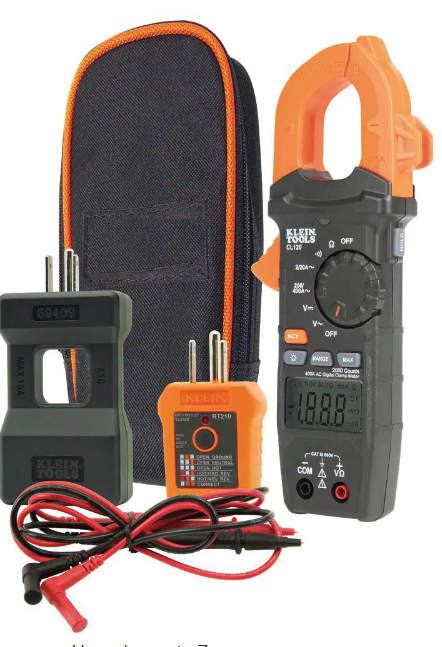
One way to tell if your RV tank heaters are working is to monitor their power usage.
RV tank heaters draw power from various sources, such as electricity, propane, or battery.
The power usage of RV tank heaters varies depending on the type of heater and the power source it uses.
Electric RV tank heaters draw power from the RV’s electrical system and usually require a 120-volt AC power source.
These heaters have a higher power output and can heat the tanks quickly. However, they also consume more power, which can drain the RV’s battery or overload the electrical system if used for an extended period.
Propane RV tank heaters, on the other hand, use propane gas to heat the tanks.
These heaters have a lower power output and consume less power than electric heaters. They are also more efficient in cold weather, as propane gas does not freeze like water.
However, propane heaters require a propane supply and may pose a safety risk if not used properly.
Battery-powered RV tank heaters are also available and can be used when there is no electrical or propane supply available.
These heaters draw power from the RV’s battery and have a lower power output than electric or propane heaters.
They are suitable for short-term use but may drain the battery quickly if used for an extended period.
To monitor the power usage of RV tank heaters, you can use a watt or amp meter to measure the current draw of the heaters.
The current draw indicates how much power the heaters are consuming and can help you determine if they are working correctly.
If the current draw is too high or too low, it may indicate a problem with the heaters or the power source..
How Do You Turn On An RV Tank Heater?
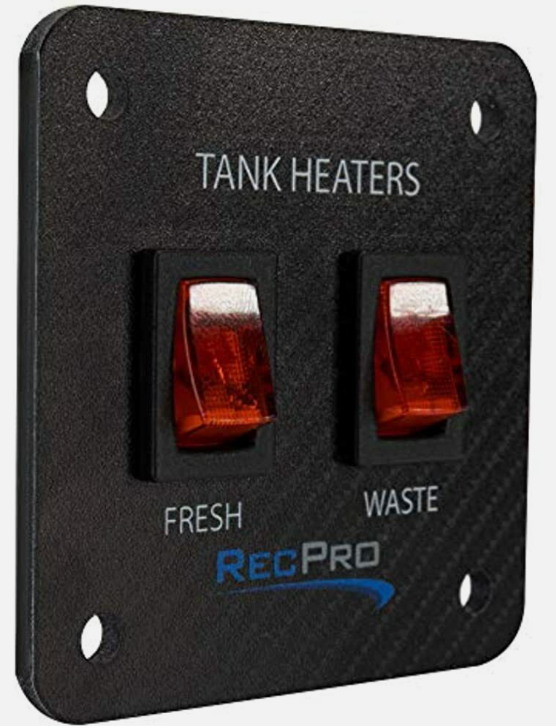
Turning on an RV tank heater is a simple process that requires a few steps. Here are the steps to follow:
- Ensure that the propane supply valve is open. This is important because the tank heater runs on propane gas. If the valve is closed, the heater will not work.
- Turn on the tank heater’s thermostat. The thermostat controls the temperature of the heater. Set it to the desired temperature.
- Wait for the tank heater to start. When you turn on the thermostat, the tank heater should start automatically. If it doesn’t start, check the fuse box to see if the fuse for the RV tank heater is blown.
- Monitor the tank heater. Once the tank heater is on, monitor it to ensure that it is working properly. Check the temperature of the water in the tank to make sure that it is heating up.
- Turn off the tank heater when not in use. When you are done using the tank heater, turn off the thermostat and close the propane supply valve. This will prevent the heater from wasting propane and keep it from overheating.
As you can see, turning on an RV tank heater is a simple process that requires a few steps. By following these steps, you can ensure that your tank heater is working properly and keeping you warm during cold weather.
See Related: How to Thaw a Frozen RV Holding Tank
Can I Leave My RV Tank Heater On All The Time?
RV tank heaters are an essential component of your RV’s plumbing system. They keep your tanks from freezing in cold weather, ensuring that you always have access to hot water and other essential fluids.
But can you leave your RV tank heater on all the time?
The answer to this question is not a simple yes or no. While it is generally safe to leave your RV tank heater on all the time, there are a few things to consider before doing so.
First, you’ll want to make sure that your RV is properly insulated. This will help to prevent your tanks from freezing, even in extremely cold weather.
If your RV is not properly insulated, leaving your tank heater on all the time could actually cause more harm than good.
Second, you’ll want to be aware of power usage. Leaving your tank heater on all the time can drain your RV battery quickly, especially if you are using other power-hungry appliances at the same time.
Be sure to monitor your battery levels regularly and turn off your tank heater when it’s not needed.
Finally, you’ll want to consult with the manufacturer or a professional to determine the recommended usage guidelines for your specific RV tank heater.
Different models may have different requirements, and it’s important to follow the manufacturer’s recommendations to ensure that your tank heater operates safely and efficiently.
What Temperature Should You Turn On RV Tank Heater?
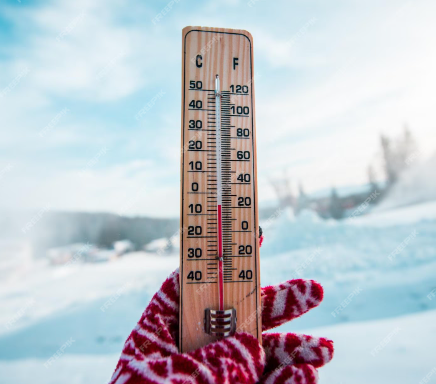
RV tank heaters are designed to keep the water in your tanks from freezing during cold weather. But, at what temperature should you turn on your RV tank heaters?
The thermostatically controlled heating pad should begin heating when the holding tank is approximately 40 degrees Fahrenheit and shuts off around 65 degrees Fahrenheit, plus or minus a few degrees.
This means that when the ambient temperature drops below 40 degrees Fahrenheit, you should turn on your RV tank heaters to prevent the water in your tanks from freezing.
It is important to note that RV tank heaters can damage an empty tank, so you should turn them off when you empty your holding tanks and back on again when you fill them once more.
Additionally, make sure your holding tanks are at least partially full when you turn on the heaters.
It is also worth mentioning that RV tank heaters should always be switched on if the outside temperature will dip below freezing.
This will keep the water in your tanks from freezing, preventing cracking and other issues.
The residual heat from these pads could also help keep surrounding pipes warm, helping prevent burst pipes.
We hope this guide helped you understand better how to tell if RV tank heaters are working correctly. Before you go, check out our other helpful RV cold-weather camping guides:
How to Prepare for an RV One Night Freeze

